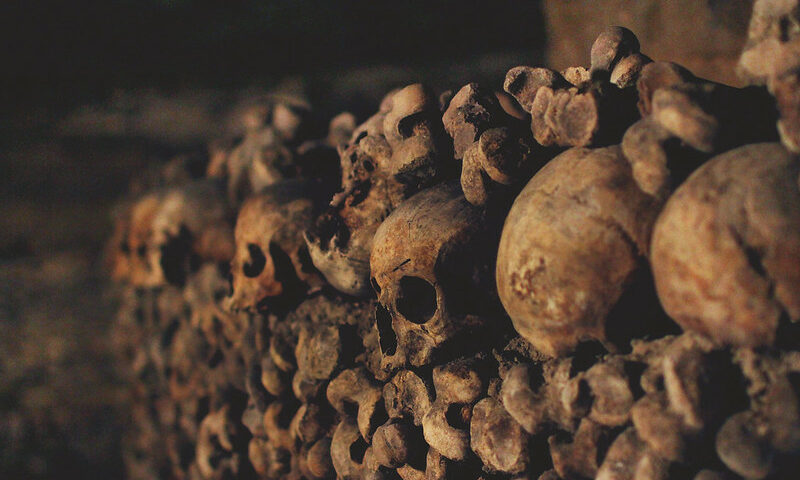The Panthéon, a majestic neoclassical monument towering over the Latin Quarter of Paris, stands as a symbol of France’s rich cultural and intellectual heritage. Originally built as a church dedicated to Sainte-Geneviève, the patron saint of Paris, its construction began in the 18th century under the direction of architect Jacques-Germain Soufflot. However, the building’s purpose shifted during the French Revolution, when it was transformed into a mausoleum honoring the nation’s great thinkers and leaders. Today, the Panthéon serves as a final resting place for distinguished figures such as Voltaire, Rousseau, Victor Hugo, and Marie Curie, whose contributions to literature, philosophy, science, and politics have left an indelible mark on French society. With its iconic dome, stunning interior, and panoramic views of Paris, the Panthéon continues to inspire reverence and admiration, inviting visitors to explore its hallowed halls and reflect on the enduring legacy of human achievement.

